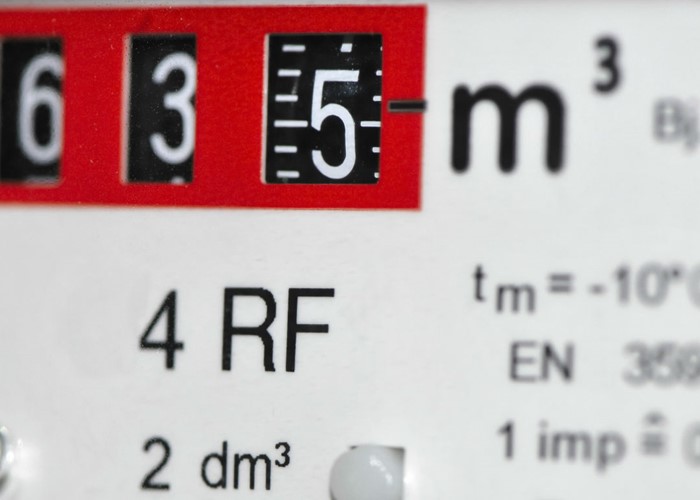
As the benefits of installing solar panels under the government's feed-in tariff are cut in half, we take a look at what else is new for homeowners putting solar panels on the roofs over their heads.
Since April 2010, homeowners with suitable roofs have been installing solar panels to benefit from an estimated £1,000 of benefits per year, guaranteed for the next 25 years to rise with inflation. The benefits are paid based on three things: the amount of electricity you produce in total, savings on your energy bills because you use less grid energy, plus a bit of extra cash for solar energy you don't use that is exported to the grid.
An average installation is estimated to cost about £10,000 to £15,000. Many companies have been paying this in return for keeping most of the benefits, leaving the homeowner with about £100 to £150 in bill savings each year with no costs.
Ever improving solar technology
The price of photovoltaic cells have fallen 50% in the past two years, according to Oil Price. The cost of solar is set to fall even further as technology rapidly advances.
One such technology has just been developed by the U.S. Department of Energy. The “optical cavity furnace” produces purer solar cells at “unmatched precision” that “virtually eliminates energy loss”, writes the National Renewable Energy Laboratory. These furnaces, which will cost about a quarter or half the price of existing furnaces, will boost solar cell efficiency at a fraction of the cost. The furnace will produce solar cells in just a few minutes, significantly reducing production times. The furnace has won an R&D Magazine's 2011 R&D 100 Award.
Oil Price argues it can't be long now before critics of solar power can no longer use their main argument against it: cost.
Solar benefits to be cut
It's tempting to think that those looking to get installations done next year should wait for more efficient solar panels but, with the government reducing the pay off faster than new technology is improving efficiency, we can't be sure that will work in our favour.
The government has announced that it's cutting the benefits roughly in half in April 2012 for most installations, due to high take-up and falls in the cost of producing solar cells. This is understandable, but it means that there are fewer benefits available not just to customers, but to suppliers, who claim they will struggle under the new tariffs, and that thousands of jobs will be lost when the projects become unviable.
The changes don't just include reductions in the pay off. There are more conditions that you may have to meet, particularly if you apply for an installation on or after 12 December. This includes a requirement that your home is also energy efficient, meaning you may have to install things like cavity-wall insulation. There is a nice clear guide detailing how it will affect you, if all the proposed changes are implemented, on the Energy Saving Trust website.
However, the government still claims the average homeowner paying for the installation themselves should make about 4.5% of the cost back per year under the reduced benefits. Hopefully those figures are accurate.
My view is that the benefits of energy efficiency will increase. As the nation uses less energy due to more people making green home improvements, suppliers will try to charge more for less. Homeowners who don't become efficient will see their bills rise dramatically. That's why renewable could remain very rewarding even after these planned changes to the benefits.
New code for customers
Finally, many solar suppliers have signed up to a new consumer code, approved by the Office of Fair Trading. The code covers all aspects of the contract you have with installers, from work standards to maintenance and guarantees. You might want to leaf through it after reading over my somewhat less lengthy thoughts in Free solar panels: the small print exposed.
The Consumer Protection from Unfair Trading Regulations 2008 has made consumer codes legally binding, which adds to your protection.
More: compare gas and electricity tariffs through lovemoney.com | Switch energy before the shock bills | Just 18% of home insurance policies cover this